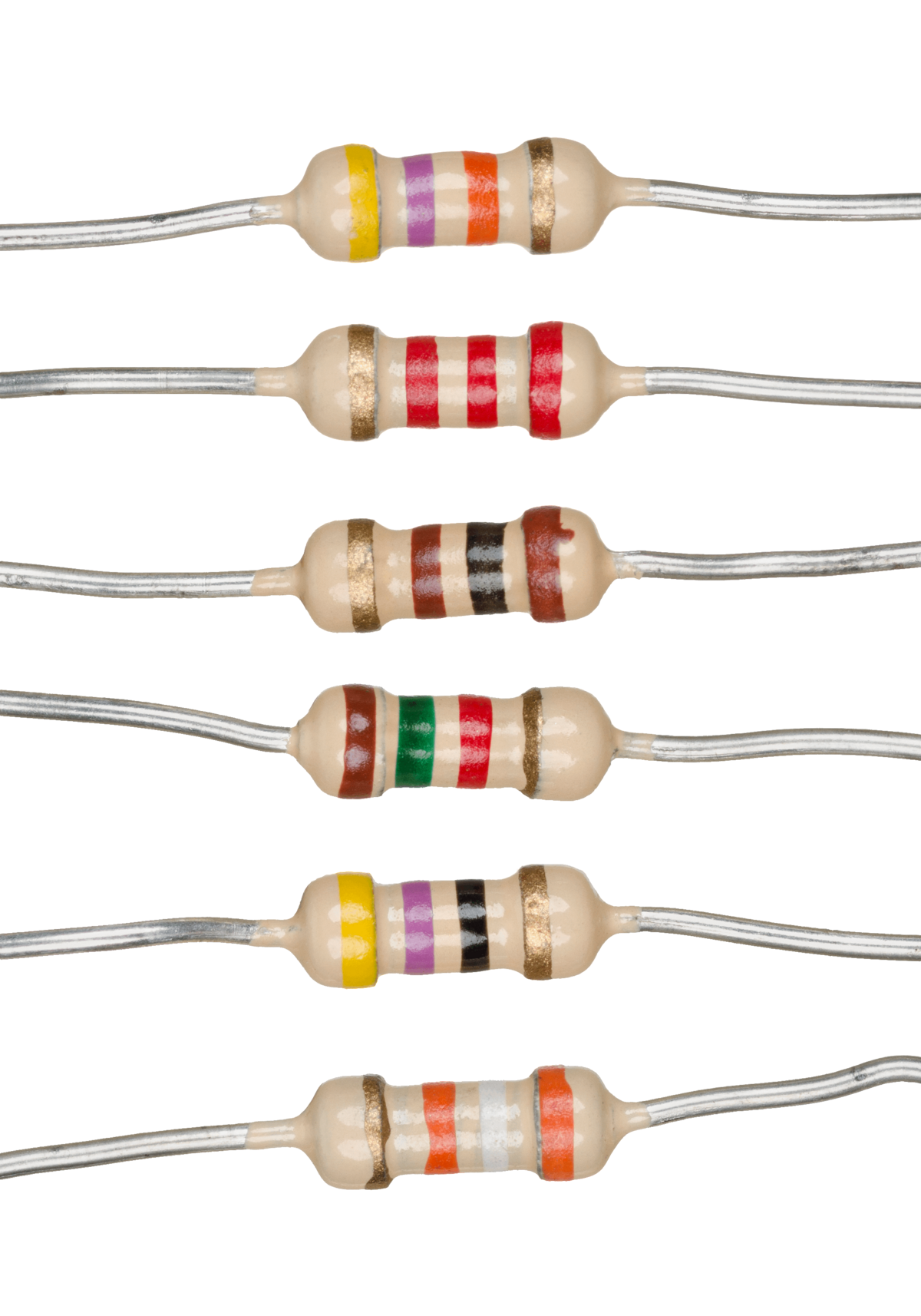Is this what im missing? If so help me solve this. Using the results I have above.
copped from Wikipedia
Charging toward applied voltage (initially zero voltage across capacitor, constant V0 across resistor and capacitor together)
That is a very common formula for capacitors.
T is the time constant, which is just the capacitance multiplied by the resistance. It's not at all obvious, but a resistance in Ohms multiplied by a capacitance in Farads is a time in seconds.
t is the time, so that would be 0 at the start is the number of seconds from then on.
Then we get to the exponential function e^(-t/T). "e" is Euler's number, which is about 2.71828, and any number raised to the power of zero is 1, so at the start, t is zero and the e^(-t/T) bit is just 1.
As time goes on, and t/T gets bigger, e^(-t/T) gets smaller and smaller, getting closer and closer to zero, but slowing down and never getting there. The larger T is, the slower that e^(-t/T) goes down. At the time that t = T, the expression e^(-t/T) is just e^(-1) which is about 37%
So e^(-t/T) starts at 1 and goes down towards 0.
(1 - e^(-t/T)) then starts at 0 and goes up towards 1, slowing down and never getting quite to 1.
The overall equation Vo * (1-e^(-t/T)) starts at 0, and goes upwards towards Vo, starting faster and slowing down and never getting there.
If we take an example, charging a 10 μF capacitor through a 1 MOhm resistor to 5 V, for 30 seconds, it works out like this. The time constant is 10 μF * 1 MOhm which is 10 seconds.
t/T is 30/10 = 3
e^(-t/T) = e^(-3) = 0.049787 (using a calculator)
1 - 0.049787 = 0.950213 (also using a calculator)
so the final voltage is 5 * 0.950213 = 4.75 V
The only practical warning is that after 2 or 3 time constants the voltage is changing very slowly, so it's rarely practical to make a timer that detects a voltage that has got 95% of the way to its final value. Most timers will usually be in the range 0.5 - 1.5 time constants, so around 5 - 15 seconds with the capacitor and resistor values in the example.

 en.wikipedia.org
en.wikipedia.org



